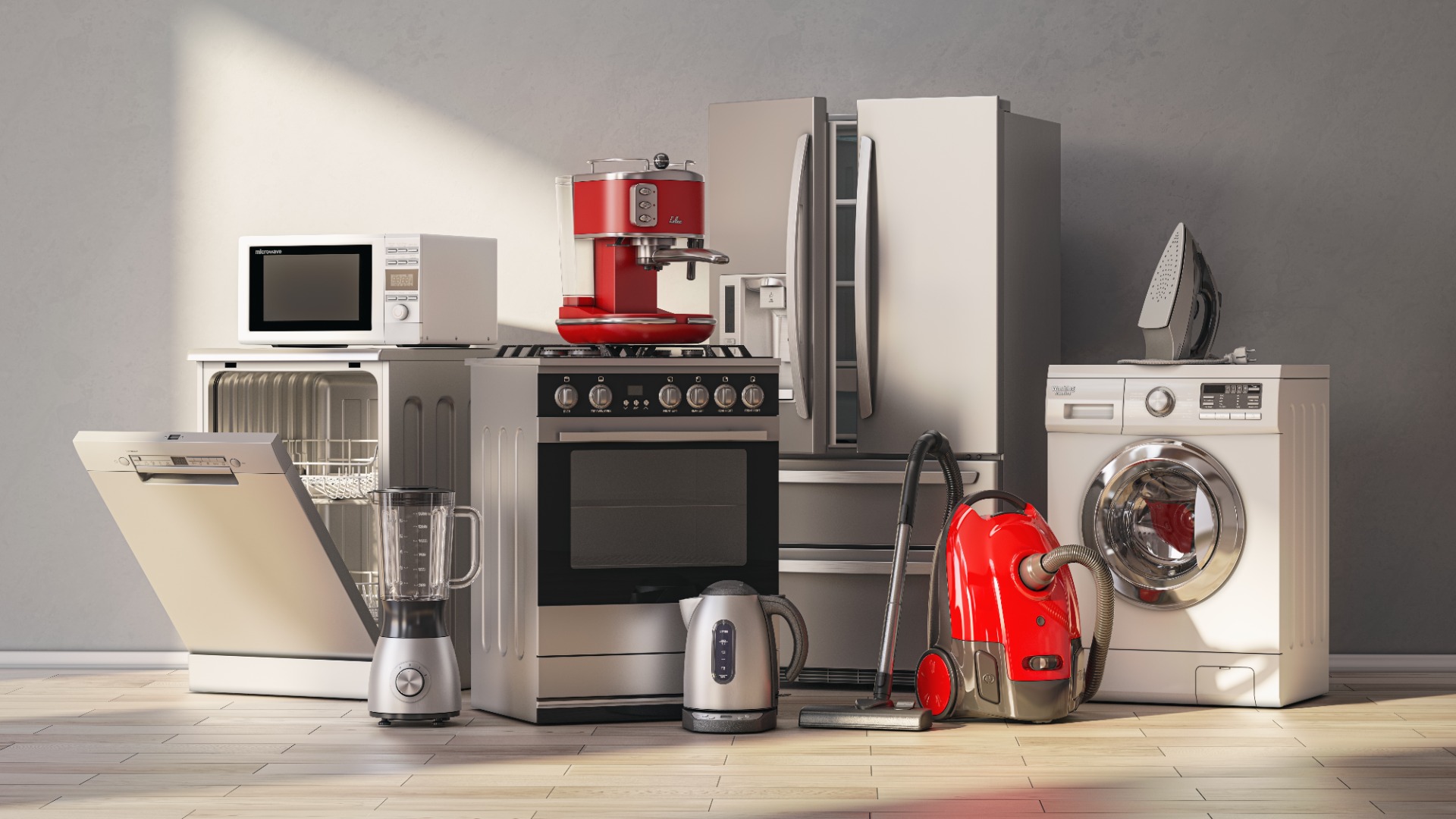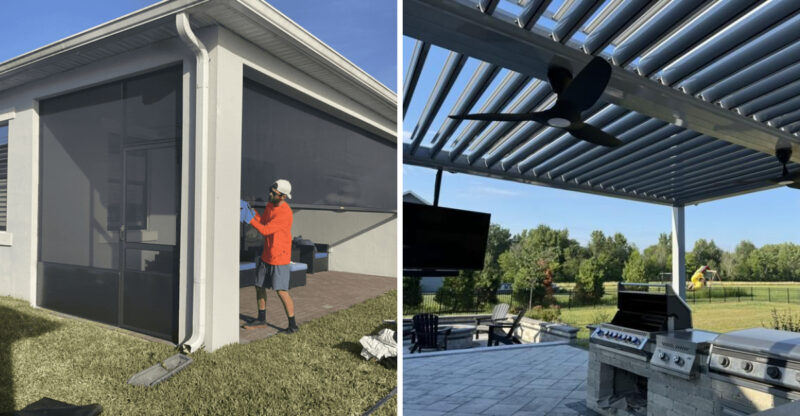13 Home Appliance Habits That Might Be Wasting Energy

We all want to save money on our utility bills, but sometimes our everyday habits might be working against us. Many everyday habits may use more electricity than expected, gradually increasing costs over time. Small changes to how we use everyday household machines can make a big difference in energy consumption and help both the environment and your wallet.
This article provides general information only. Energy savings may vary based on appliance type, household habits, and local conditions. Consult product manuals or professionals for advice specific to your home.
1. Leaving Appliances Plugged In When Not in Use
Those innocent-looking chargers and electronics continue drawing power even when turned off. This “phantom energy” or “vampire power” may account for as much as 10% of electricity use in some households.
Unplug devices completely or use power strips with on/off switches to cut power to multiple items at once. Kitchen appliances like coffee makers and toasters are common culprits worth targeting first.
2. Running Half-Empty Dishwasher Loads
Dishwashers use the same amount of water and energy regardless of how many dishes are inside. Running a cycle for just a few items may use more energy and water than needed.
Wait until you have a full load before starting your dishwasher. For those times when you need something clean right away, consider hand-washing individual items instead of running a mostly-empty machine.
3. Overfilling The Refrigerator Or Freezer
Cramming too much food into your fridge blocks air circulation, making the compressor work harder to maintain even cooling. This leads to uneven cooling and higher energy consumption.
Maintain about 75% capacity for optimal airflow. Organize items neatly instead of stacking them against vents. Remember that a well-organized refrigerator saves energy and helps prevent food waste from forgotten items.
4. Using Old, Inefficient Appliances
That ancient refrigerator in your garage might seem thrifty, but older appliances often use significantly more electricity than modern energy-efficient models. The savings on your utility bill often justify the upgrade cost.
Look for ENERGY STAR certified replacements when your appliances show signs of age. Many utility companies offer rebates for upgrading to energy-efficient models, making the switch even more affordable.
5. Running The Clothes Dryer Too Often
Clothes dryers are typically among the higher-energy-use appliances in most homes. Each cycle uses significant electricity while shortening the lifespan of your clothes through heat damage.
Consider air-drying items when weather permits. For necessary dryer use, clean the lint trap before each load and use moisture sensors rather than timed drying. Wool dryer balls can reduce drying time by creating space between clothes.
6. Forgetting To Clean Appliance Filters
Dirty filters in appliances make motors and fans operate less efficiently. Your vacuum, air conditioner, and dryer all suffer performance losses when filters get gunked up.
Set calendar reminders for regular filter cleaning or replacement. Most filters should be checked monthly and cleaned or replaced according to manufacturer guidelines. This simple maintenance extends appliance life while reducing energy consumption.
7. Setting The Thermostat Too High Or Low
Extreme thermostat settings cause your heating and cooling system to run continuously. Each degree difference between indoor and outdoor temperatures significantly impacts energy usage.
Try setting your thermostat to 68°F in winter and 78°F in summer. Programmable thermostats can automatically adjust temperatures when you’re away or sleeping. For every degree you moderate, you might save around 3% on heating and cooling costs.
8. Ignoring Energy-Saving Settings On Appliances
Many modern appliances come with eco-friendly modes designed specifically to reduce energy consumption. These settings might take slightly longer but use significantly less electricity and water.
Take time to read your appliance manuals to discover built-in efficiency options. The eco setting on your dishwasher might add 15 minutes to the cycle but could reduce energy use by up to 20%, making it well worth the extra time.
9. Using Hot Water For Laundry Instead Of Cold
Heating water accounts for approximately 90% of the energy your washing machine uses. Modern detergents work effectively in cold water, making hot water cycles unnecessary for most loads.
Switch to cold water washing for everyday laundry. Reserve warm water for heavily soiled items or dealing with certain stains. This simple change may save as much as $60 annually on energy costs, depending on household size and washing frequency.
10. Leaving Lights And Ceiling Fans On Unnecessarily
Empty rooms don’t need illumination or air circulation. Ceiling fans cool people, not rooms, by creating a wind-chill effect on skin.
Make a habit of turning off lights when leaving rooms. Ceiling fans should only run when someone’s present to enjoy the breeze. Consider motion sensors for frequently forgotten areas like basements or utility rooms to automatically manage lighting.
11. Not Maintaining HVAC Systems Properly
Neglected heating and cooling systems may lose efficiency over time if not properly maintained. Dust-clogged components restrict airflow and strain motors unnecessarily.
Schedule professional HVAC maintenance annually, ideally before heavy-use seasons. Between professional visits, change filters regularly and keep outdoor units clear of debris. These simple steps can prevent efficiency losses while extending system lifespan.
12. Using The Oven For Small Meals Instead Of A Toaster Oven Or Microwave
Full-sized ovens require significant energy to heat their large interior space. Smaller appliances like toaster ovens can use significantly less energy for small cooking tasks.
Match your cooking appliance to your meal size. Microwaves use even less energy – about 80% less than conventional ovens. For reheating leftovers or cooking small portions, these alternatives save considerable energy while reducing kitchen heat.
13. Running Appliances During Peak Energy Hours
Many utility companies charge higher rates during high-demand periods, typically weekday afternoons and early evenings. Using major appliances during these peak hours often costs more in areas with time-of-use electricity pricing.
Check with your utility provider about time-of-use pricing. Schedule energy-intensive tasks like laundry and dishwashing during off-peak hours, usually late evening through early morning. Some smart appliances can even be programmed to run automatically during cheaper rate periods.






